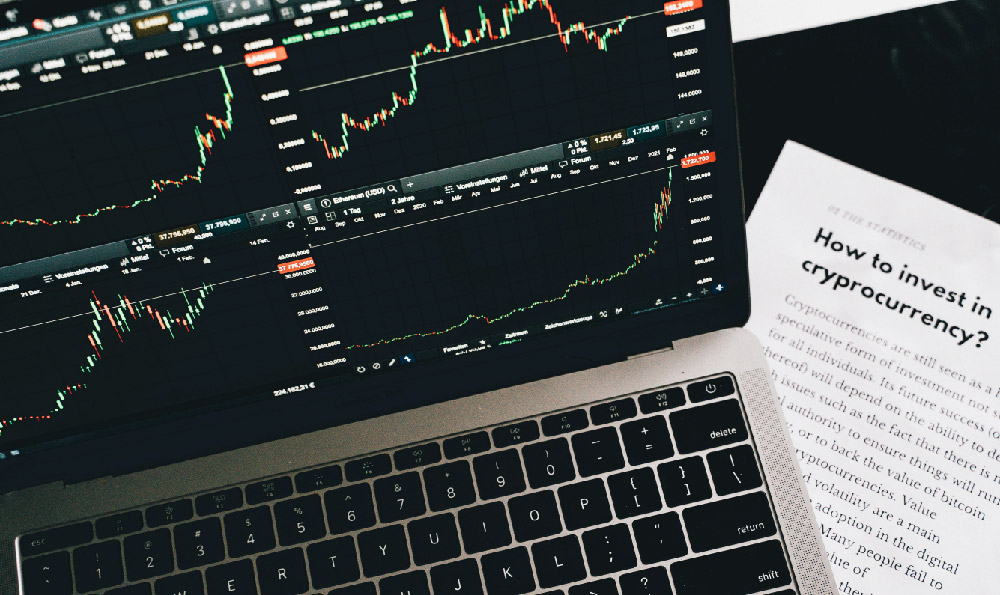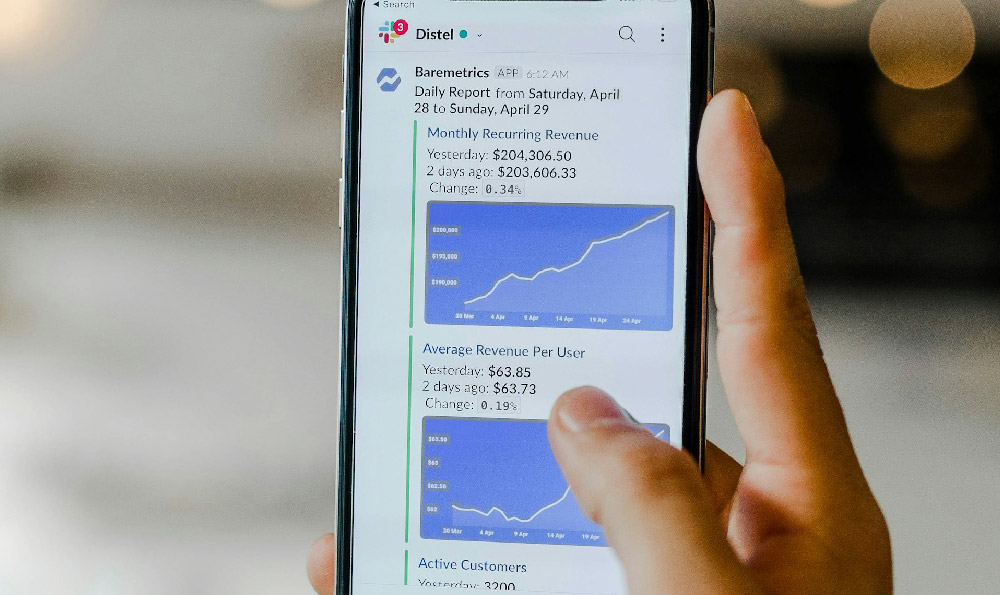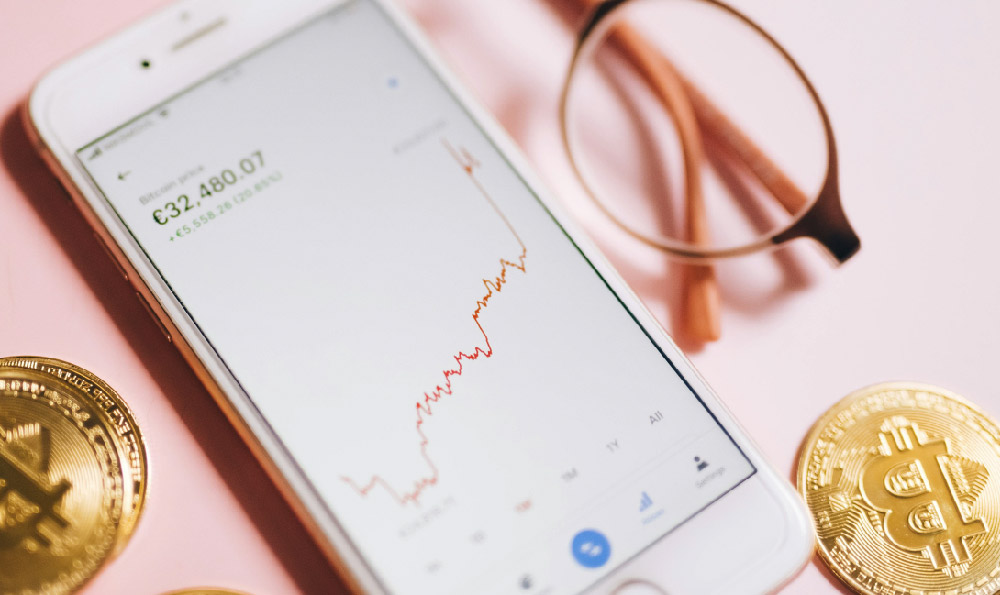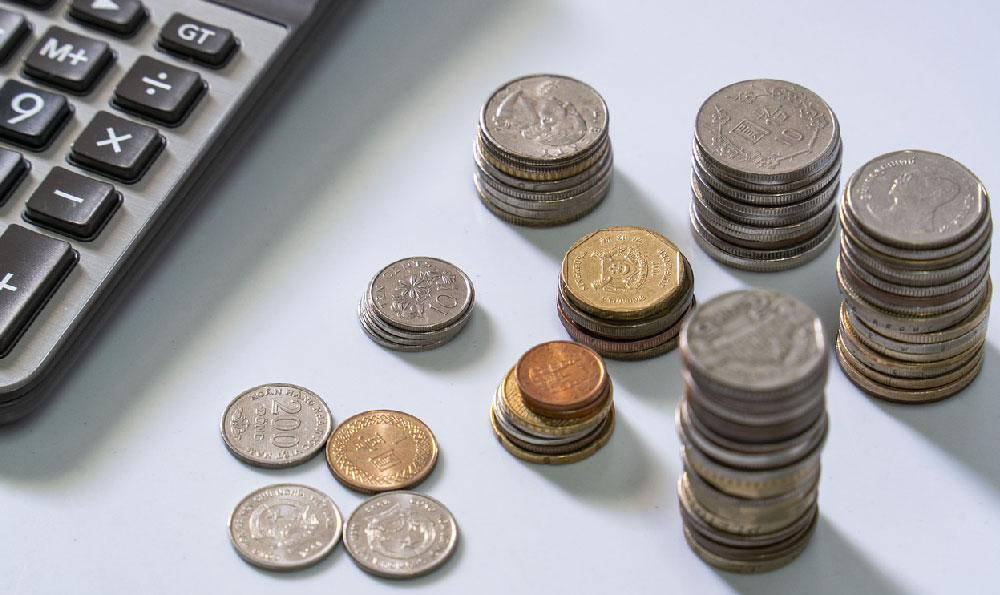Let's delve into the earning mechanisms of Uber drivers and dissect their income model. Understanding how Uber drivers generate revenue is crucial for anyone considering joining the platform, investing in Uber's stock, or simply seeking insight into the gig economy. Their income isn't a fixed salary; instead, it’s a variable amount dependent on numerous factors.
At its core, an Uber driver's income is derived from fares paid by passengers. This fare is calculated based on a complex algorithm that considers several variables: the base fare (a fixed amount charged for every ride), distance traveled, and time spent in the car. During periods of high demand, such as rush hour or special events, Uber employs a surge pricing mechanism. This dramatically increases the fare multiplier, incentivizing more drivers to get on the road and meet the increased demand. For drivers, surge pricing represents a significant opportunity to boost their earnings per trip. The app clearly indicates surge areas on the map, allowing drivers to strategically position themselves to capitalize on these opportunities. However, reliance solely on surge pricing can be unpredictable.
Beyond the basic fare, drivers can augment their income through other means. Uber offers various incentives and promotions to encourage drivers to work during specific times or in certain areas. These incentives might include guaranteed hourly rates if a driver completes a certain number of rides within a specified period or bonuses for completing a streak of consecutive rides without declining requests. These incentives are crucial for stabilizing income, particularly during slower periods. Uber may also offer referral bonuses for drivers who recruit new drivers to the platform. These bonuses can be a substantial one-time payment and are a powerful tool for expanding the Uber driver network.

While the passenger fare forms the foundation of an Uber driver's income, it's vital to recognize that Uber takes a commission from each fare. This commission, often referred to as the "Uber fee," covers the company's operational costs, including technology development, marketing, and customer support. The percentage of the commission can vary depending on location, the type of service (e.g., UberX, UberPool, Uber Black), and the driver's tenure on the platform. It's important for drivers to be fully aware of the commission structure in their area to accurately estimate their net earnings. This commission significantly impacts the take-home pay, and understanding its nuances is crucial for effective financial planning.
However, the gross earnings from fares, incentives, and bonuses don't represent a driver's true income. Drivers are responsible for covering a multitude of operating expenses, which significantly eat into their profits. The most substantial of these expenses is fuel. Fuel costs fluctuate considerably and can be a major drain on earnings, especially for drivers who cover long distances or work during periods of heavy traffic. Regular vehicle maintenance is another significant expense. Cars used for ridesharing endure considerable wear and tear, requiring frequent oil changes, tire replacements, and other repairs. Neglecting maintenance can lead to more costly repairs down the line and even jeopardize a driver's ability to work.
Furthermore, drivers are responsible for their own vehicle insurance. While Uber provides some level of insurance coverage while a driver is actively engaged in a trip, the coverage is often limited when the driver is simply waiting for a ride request or driving between trips. Drivers need to obtain supplemental rideshare insurance to protect themselves fully, which adds to their overall expenses. Depreciation is another often overlooked cost. The value of a vehicle depreciates over time due to mileage and wear and tear. Drivers should factor in depreciation when calculating their long-term profitability. Data plans are also a necessary expense, as drivers rely heavily on their smartphones and data connections for navigation, communication with passengers, and access to the Uber app. Finally, tolls and parking fees can add up, especially for drivers who operate in urban areas.
Therefore, calculating a driver's net income requires a careful assessment of all these factors. While Uber provides tools and resources to help drivers track their earnings and expenses, it's ultimately the driver's responsibility to maintain accurate records and manage their finances effectively. Tools like mileage tracking apps and expense trackers are invaluable for this purpose.
The income model also hinges on the driver's availability and work ethic. Drivers who work more hours, particularly during peak demand periods, are generally able to earn more. However, it's important to strike a balance between maximizing earnings and avoiding burnout. Long hours behind the wheel can lead to fatigue and increased risk of accidents. Furthermore, drivers who provide excellent customer service and maintain high ratings are more likely to receive ride requests and earn tips. Tips can contribute significantly to a driver's overall income and are a direct reflection of their service quality. Uber allows passengers to tip drivers through the app, making it convenient and encouraging for them to reward good service.
Competition among drivers also plays a role. In areas with a high concentration of Uber drivers, the demand for rides may be spread thinly, potentially reducing earnings per driver. Understanding the local market dynamics and identifying underserved areas can help drivers optimize their income.
In conclusion, the income model for Uber drivers is multifaceted and dependent on numerous variables. It involves not only the fares collected from passengers but also incentives, Uber's commission, and a range of operating expenses. Success as an Uber driver requires a strategic approach, careful financial management, and a commitment to providing excellent customer service. Understanding the nuances of this income model is crucial for anyone considering joining the platform or seeking to understand the economics of the gig economy. Drivers need to be diligent in tracking their earnings and expenses, proactively seeking out opportunities to maximize their income, and carefully managing their operating costs. Only then can they achieve financial success as an Uber driver.











